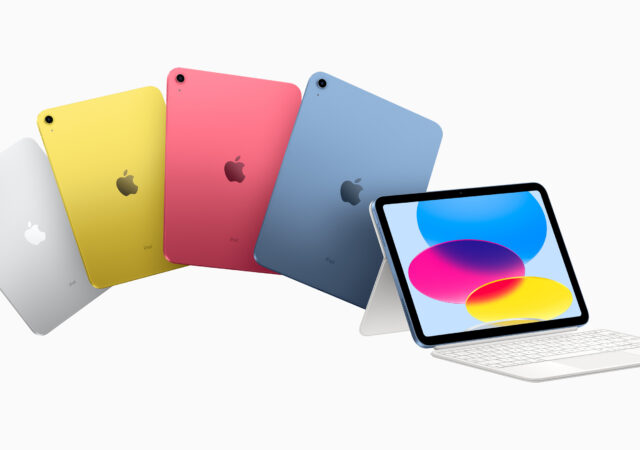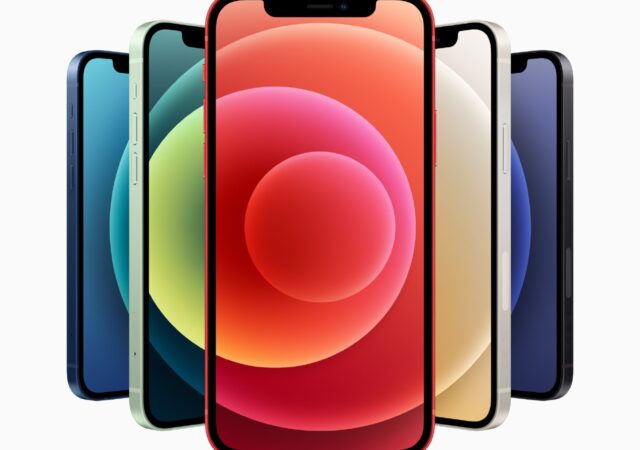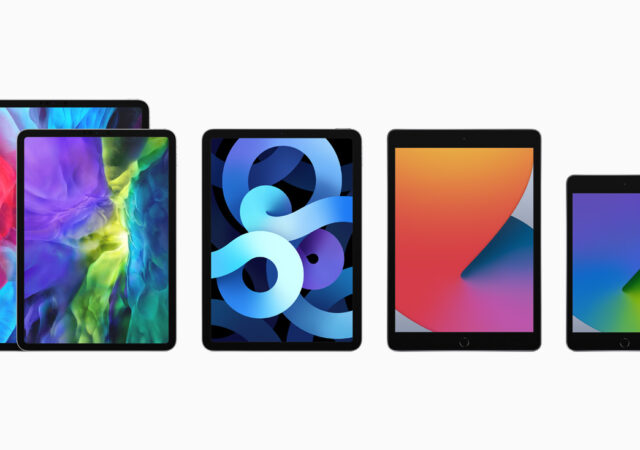Apple launches the new 10th generation iPad with four colours to choose from. You also get 5G connectivity and USB Type-C out of it.
Apple Launches the Apple iPhone 12 and the iPhone 12 Pro Line-up starting from MYR 3,899
Apple just launched their Apple iPhone 12 and iPhone 12 Pro line-up. The new smartphones does not come with a charger or earphone in the box.
The 8th Generation iPad and Apple iPad Air for 2020 Are the Most Powerful Tablets in Their Classes
Apple just launched their brand new 8th Generation iPad and iPad Air to take on 2020 from MYR 1,449 and MYR 2,599 respectively.





